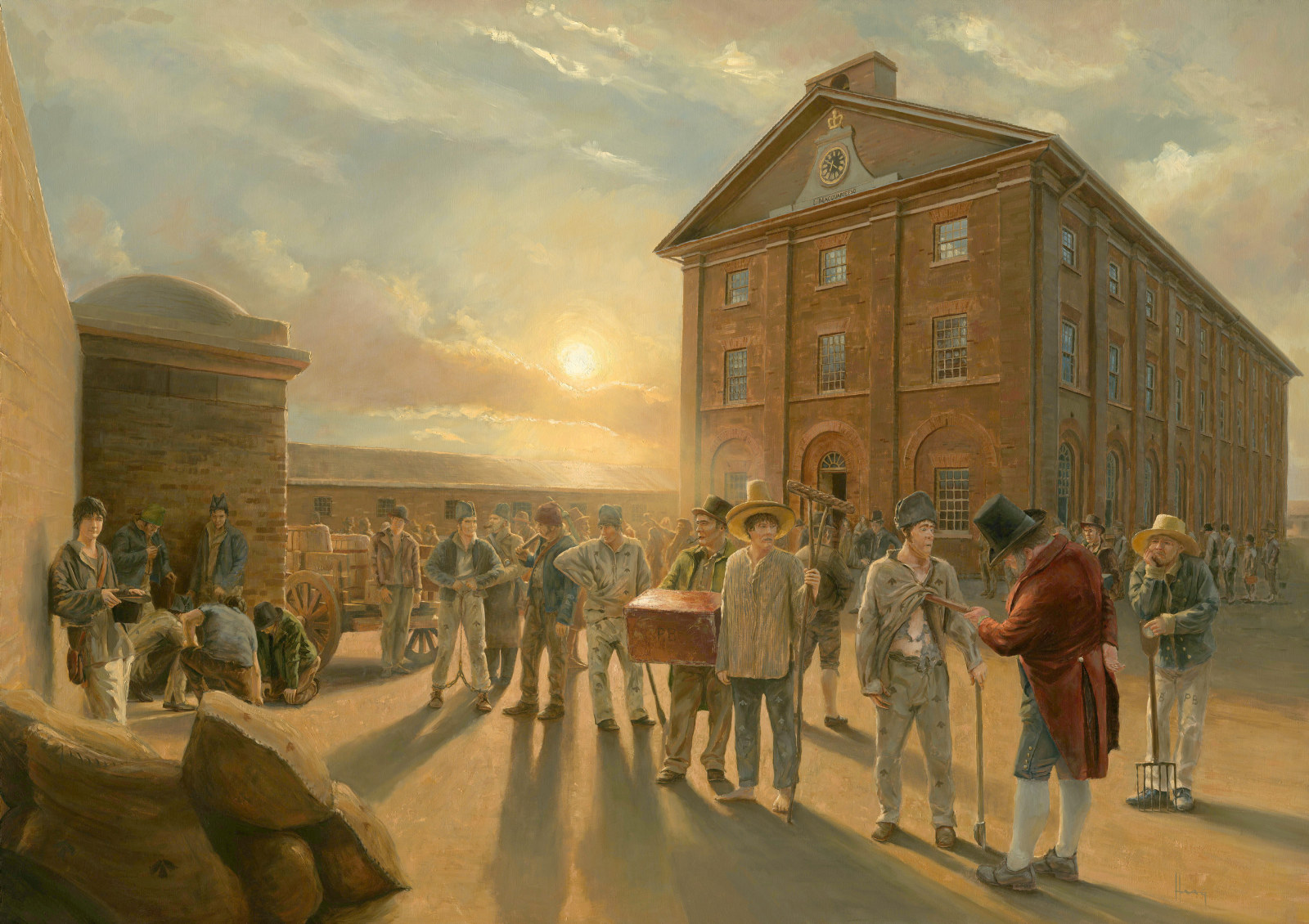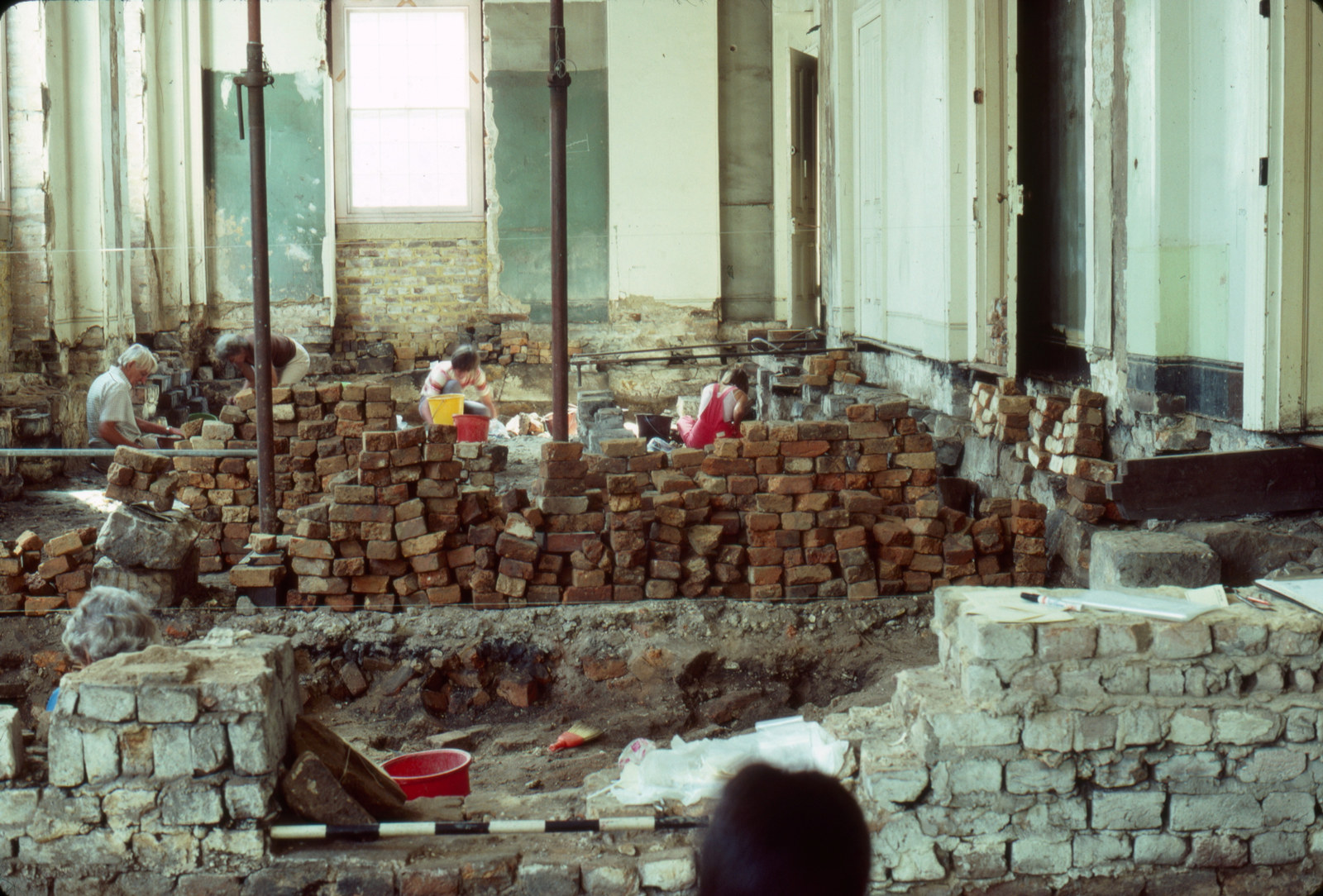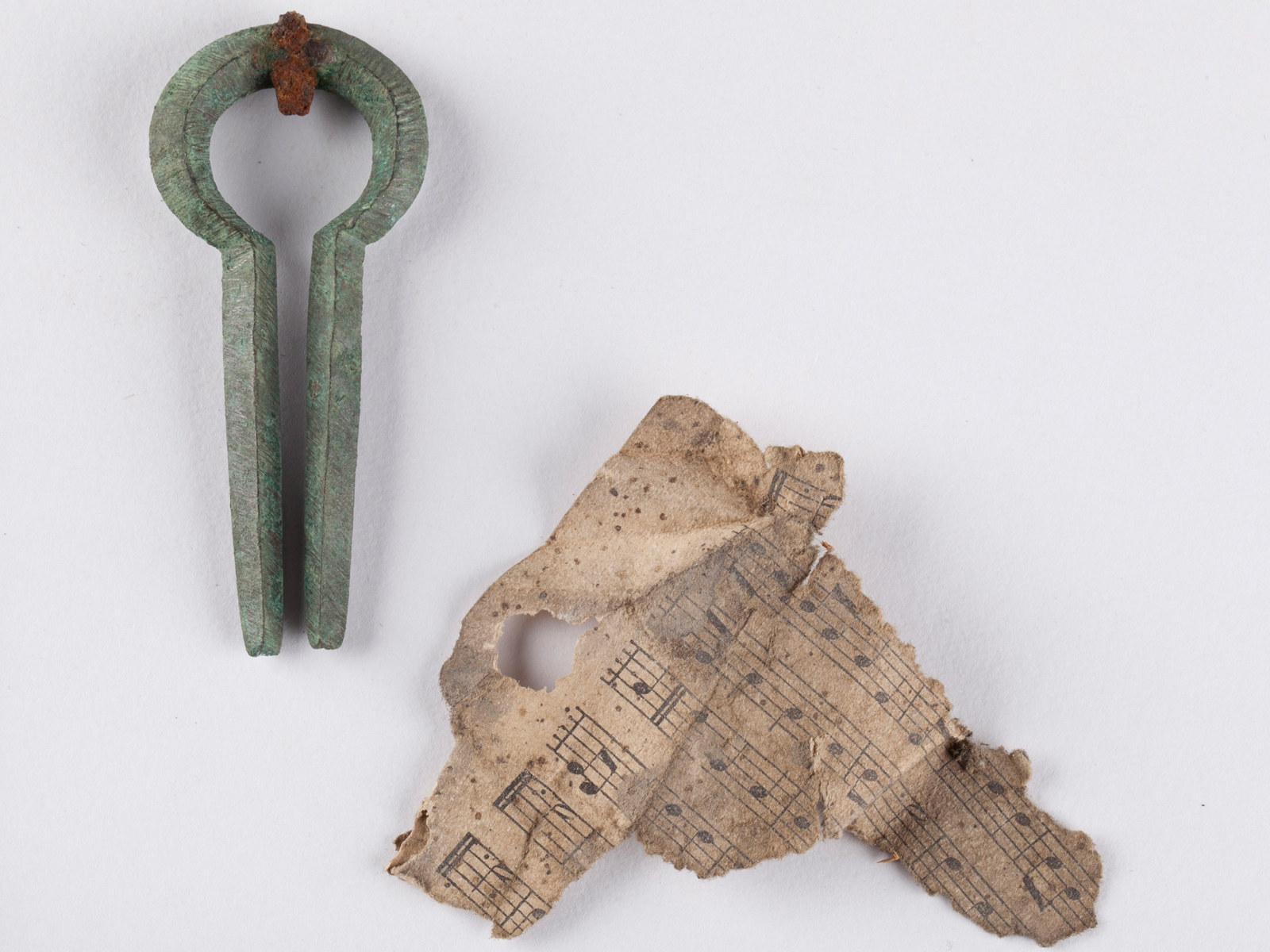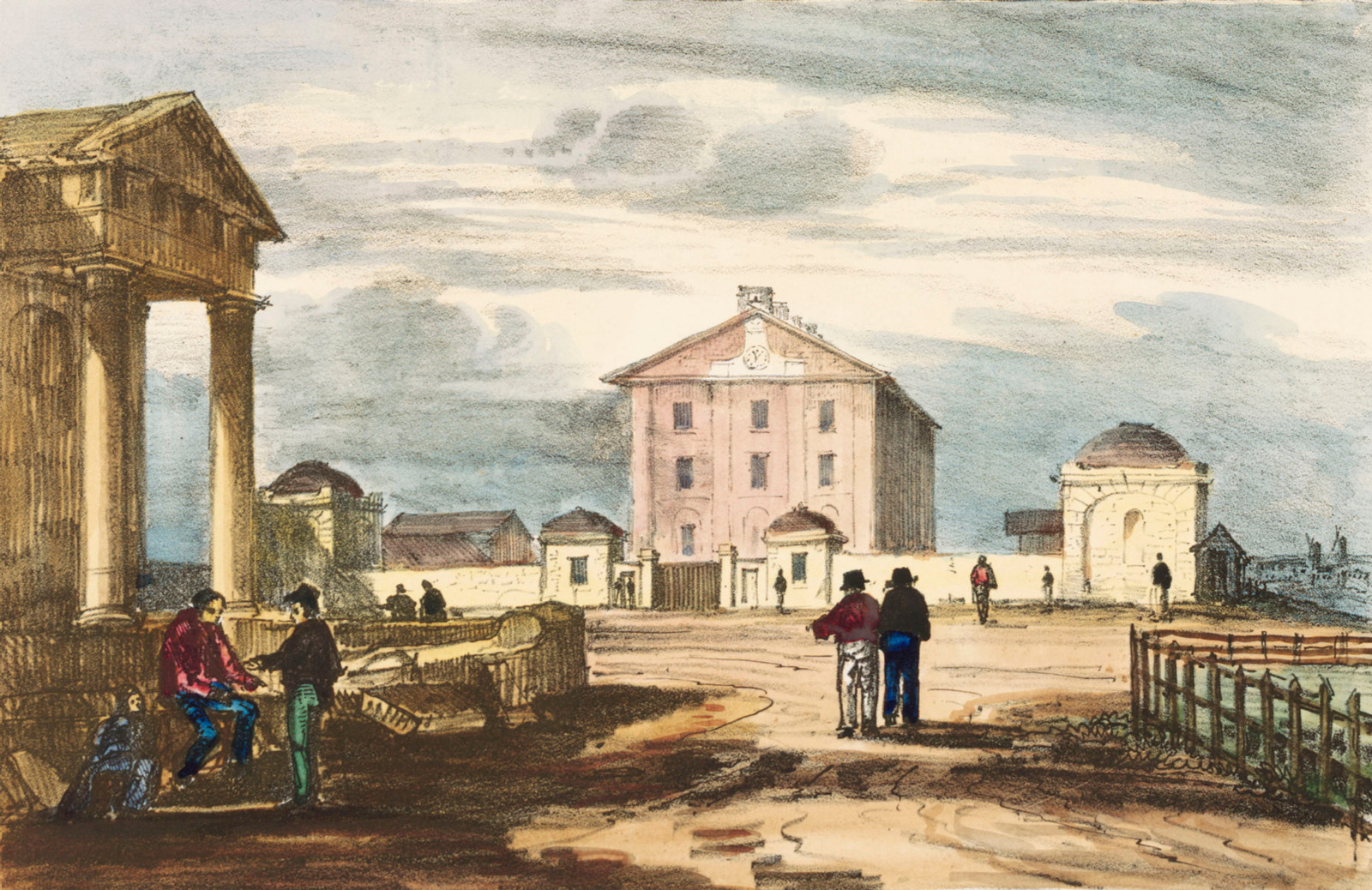Hyde Park Barracks: a keeper of lost things
Uncover and explore some of the items found inside the barracks
At the heart of the immersive visitor experience at the Hyde Park Barracks is the museum’s internationally significant archaeology collection.
When you next visit the Hyde Park Barracks, keep in mind that the creaky floorboards beneath your feet once hid an astonishing treasure-trove of lost or discarded objects, bunched and knotted together, gathering dust in the gloom. Whether dropped or swept through cracks in the floorboards, or hidden for safekeeping, these items reflect the passage of many thousands of people through the building since it first opened in 1819 as a dormitory for convicts.
Not mere debris
The Hyde Park Barracks served as institutional accommodation for almost 70 years, first housing male convicts, and later immigrants and destitute women. It then spent another 90 years as government offices and law courts.
In 1979, renovations commenced to convert the complex into a museum. Builders began by lifting the floorboards to check for termites and insert plumbing and electrical services. At first glance, the underfloor accumulations, while unusually dense, seemed otherwise unremarkable – a rank amalgam of rats’ nests and rubbish. Yet as more boards were lifted, and labourers began noticing individual items, such as a convict shirt hidden under a stair tread, it became clear that this was much more than run-of-the-mill debris. Work was halted to let archaeologists take a closer look.
Two years later, following the largest publicly funded ‘dig’ in NSW, archaeologists and an army of 250 volunteers had exposed, retrieved, disentangled, sifted and bagged around 120,000 artefacts. Together, these now form one of the world’s most comprehensive, and poignant, place-based collections.
Safe deposit
Along with its sheer size, the Hyde Park Barracks archaeology is noteworthy for containing a large amount of organic material. Left in dry, undisturbed and well-ventilated cavities throughout the upper storeys were materials normally prone to perishing, such as paper, food scraps and leather. Among them were thousands of fabric scraps in a dizzying variety of 19th-century patterns and colours, as well as intact pieces of clothing – dresses, aprons, gloves and bonnets. Intermingled with these were cotton reels, playing cards and coins. The collection also holds keepsakes such as rings, brooches and religious medals, and personal items like bandages and soiled rags. Found in a single underfloor cavity were a convict shoe, a leather-bound Bible, an ornate rosary and a crucifix.
Illuminating long-lost lives
Rich and varied, the archaeology collection nonetheless speaks of ordinary people living through difficult times. For this reason, the new museum, with its focus on personal storytelling, displays more than 4000 objects from the collection. On the level three landing, a showcase built into the floor displays several hundred convict relics under glass. Scattered between the floor joists, as if newly revealed by archaeologists, are animal bones, fragments of convict clothing, buttons, clay pipes and hammock rope. Included with these items are the desiccated bodies of the rats that once plagued the convict dormitories.
On level two, archaeology features in a series of displays tracing some of the measures taken by convicts to cope with the growing harshness of their treatment. Here are fragments of mended and improvised uniforms, gambling items, and contraband such as alcohol bottles. Symbolising the regimentation of convict life is a graphic installation of 140 bone buttons, arranged in an orderly grid, like men assembled for muster.
Ordinary lives, extraordinary place
On the ground floor, where the Hyde Park Barracks’ dual role in welcoming immigrants and sheltering the destitute is explored, the archaeological material is more vivid and varied. For young women starting new lives in the colony, personal possessions included rosaries, jewellery, nit combs, toothpaste, perfume, needles, scissors, penknives, and sewing works in progress. Letter writing, reading and endless sewing helped them to pass the time in the Immigration Depot before they were reunited with family members or found employment.
Across the hall, in the asylum gallery, the archaeology paints a different picture. Here, poor, sick and elderly women were bathed, fed and clothed according to strict regulations. Medical treatment and pastoral care were routinely provided, evidenced by shards of ointment and lotion bottles and an array of religious reading matter. More welcome, perhaps, was the comfort provided by fellow inmates who volunteered their time and skills to mend clothes and bed sheets, and lend a hand, wherever possible, to make ends meet.
With this accidental treasure-trove of relics and remains given a new opportunity to shine, the upgraded Hyde Park Barracks takes visitors on a journey through the turbulent story of colonial Sydney, from convict settlement to immigrant town, told by the men and women who dwelt in the building, or lived under its long shadow. Below are a selection of some of the poignant and intriguing objects displayed in the new museum.
Read more

Convict Sydney
Convict Sydney
From a struggling convict encampment to a thriving Pacific seaport, a city takes shape.
Published on
Related
Browse all
Archaeology in action: Hyde Park Barracks
Occupied continuously by government institutions throughout its history and with over 100,000 individuals passing through, Hyde Park Barracks has a rich archaeological record

A short history of the Hyde Park Barracks
In the early 19th century, the Hyde Park Barracks was the central convict institution and crossroads for tens of thousands of convicts shuffled back and forth throughout the colony. It's now on the World Heritage list, recognised among the world’s most important cultural heritage places linked to forced migration, colony building and convict culture.

The archaeology of music at Hyde Park Barracks
Hard as it is to imagine men and women in the government institutions at Hyde Park Barracks singing and dancing, archaeological evidence suggests that music may have been heard there from time to time

Who were the Hyde Park Barracks convicts?
Pick-pockets and pirates, confidence tricksters and conspirators, rebels and rascals – between 1819 and 1848, Hyde Park Barracks had them all
